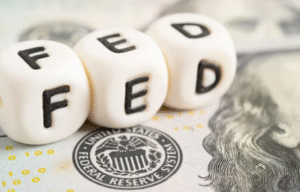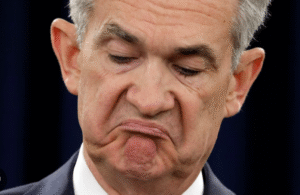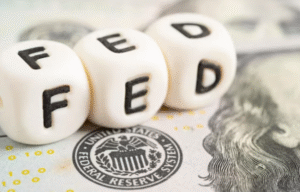$SGD $FTSESTI $BTC
#Singapore #MonetaryPolicy #CentralBank #MAS #EconomicGrowth #GlobalTrade #Inflation #Forex #FXMarket #EconomicOutlook #AsiaEconomy #GrowthForecast
Singapore’s central bank has made its first move to ease monetary policy in four years, a decision that reflects growing concerns about the economic outlook amid global uncertainty. The Monetary Authority of Singapore (MAS) adjusted its policy bands effectively, signaling a more accommodative stance in response to a fragile external environment marked by lingering trade disputes and subdued global demand. The MAS cited “trade frictions” as a primary driver behind the shift and revised growth and inflation forecasts for 2025, emphasizing that both metrics are likely to fall below earlier projections. This pivot underscores the strategic recalibration of Singapore’s economy, which remains highly exposed to global trade headwinds.
The policy adjustment is expected to lead to a weakening of the Singapore dollar ($SGD) against major currencies in the near term. A weaker $SGD could have broad implications for export competitiveness, potentially boosting the city-state’s goods and services in international markets. On the other hand, a softer currency may increase import costs, potentially weighing on consumer prices. The MAS, however, appears confident that inflationary pressures remain well-contained, particularly with energy prices stabilizing globally. Local equities, as reflected in the benchmark Straits Times Index ($FTSESTI), may also feel the effects of this move, as domestic firms focused on exports stand to benefit from improved terms of trade. Conversely, sectors with high import costs, like construction and consumer goods, may feel some drag.
The MAS’ cautious stance resonates with broader trends in monetary policy across Asia, where central banks are grappling with a complex mix of slowing growth, stubborn inflation, and global economic fragmentation. Singapore’s decision stands out as a signal of the city-state’s reliance on its open economy and its need to adjust proactively to external challenges. The potential for mounting trade tensions and geopolitical risks in 2025 could further weigh on investor sentiment. Financial markets are expected to closely monitor how the MAS maneuvers these challenges and whether additional easing might follow in subsequent months. Globally, forex markets may view this policy easing as a sign of broader regional adjustments, with potential spillovers into currencies like the Chinese yuan or the Malaysian ringgit.
Cryptocurrencies such as $BTC could also see indirect effects if local investors adjust their portfolios in light of Singapore’s policy shift. A weakening $SGD might redirect some into alternative assets, including digital currencies, further underlining the changing sentiment among investors towards diversification strategies. Financial institutions and businesses in Singapore will now need to navigate an environment where economic growth might be modest, but trade conditions could improve due to currency adjustments. Globally, the move by the MAS could serve as a bellwether for other major trading economies eyeing similar structural challenges. As Singapore recalibrates, its actions reinforce the intertwined nature of monetary policy and global trade dynamics.











Comments are closed.